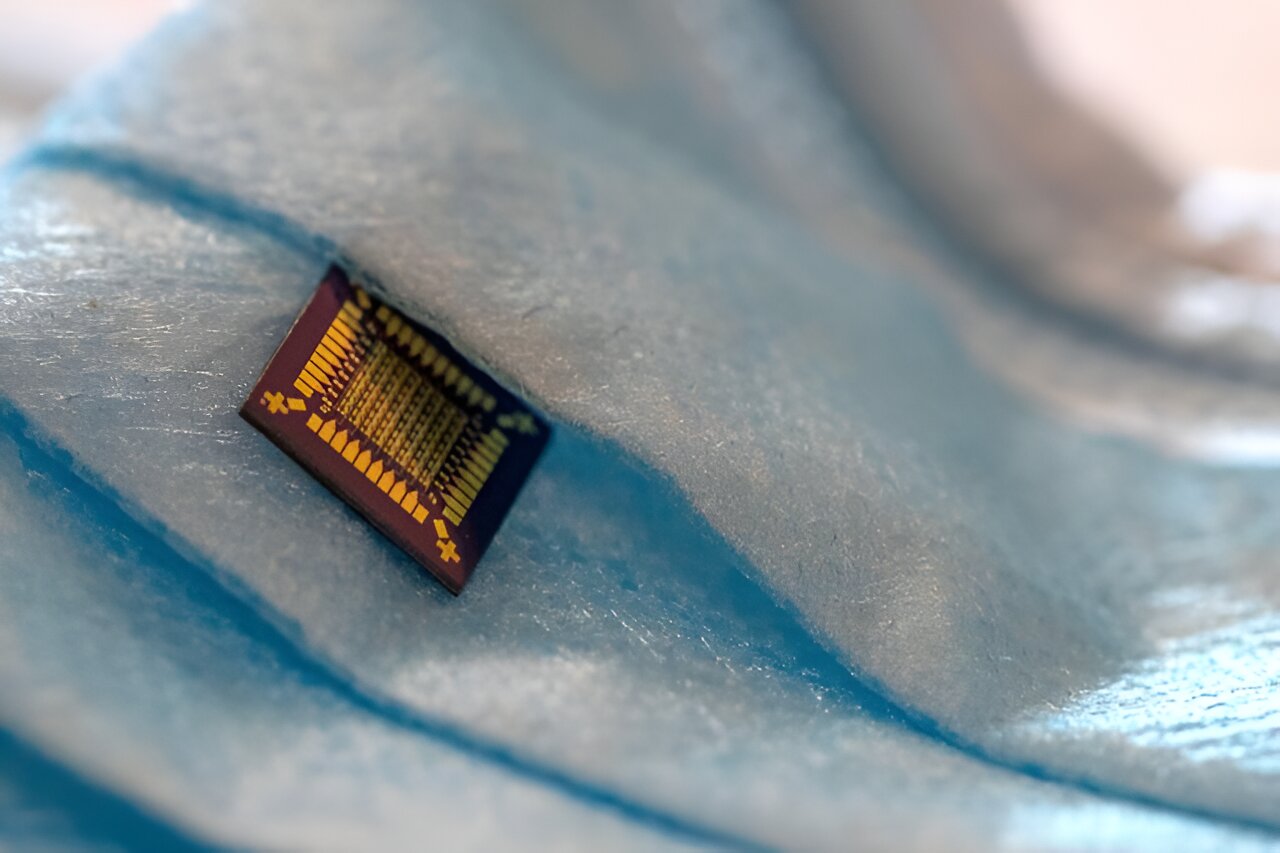Prototype Hybrid Transistors Using Silk Demonstrated
Silk-based transistors are in development and have some interesting strengths.

Silk-based transistors could lead to the development of new microprocessors mimicking neural networks, self-learning circuits, and direct memory storage. Or just be used for sensors, according to TechXplore.
Scientists at Tufts University Silklab have developed a new class of transistors that intertwines biological elements with electronic components. By using silk fibroin as an insulator, these transistors offer an interactive response to biological and environmental stimuli, opening doors to a range of health applications. In addition, these transistors could be used in bio-interactive electronics, though this will require a change in the semiconductor industry, something that is unlikely to happen in the near term if at all.
Silk fibroin, an organic material, replaces conventional inorganic insulators commonly used in electronic components. Silk fibroin's attributes allow for precision in deposition onto surfaces and for modifications using various biological and chemical molecules, enhancing its adaptability and interaction with biological and environmental elements.
The practical applicability of these hybrid transistors was showcased in a prototype breath sensor, demonstrating exceptional sensitivity to humidity changes. This signifies the potential for these transistors in medical diagnostic equipment, including devices for detecting cardiovascular diseases, pulmonary diseases, and sleep apnea, as well as monitors for blood oxygenation, glucose levels, and more.
"Having achieved that, we can now make hybrid transistors with the same fabrication processes that are used for commercial chip manufacturing," said Beom Joon Kim, a postdoctoral researcher at the School of Engineering at Tufts University. "This means you can make a billion of these with capabilities available today."
The intricate operation of the silk-based transistors lies in the manipulation of the ionic composition within the silk. This manipulation allows for variable information processing, akin to the functionality seen in analog computing. Such a nuanced operational approach enables the transistors to interact with a spectrum of biological and environmental factors, with the potential to revolutionize computing processes within modern microprocessors.
According to the researchers, the successful nanoscale processing of silk can be integrated seamlessly with existing commercial chip manufacturing technologies. This compatibility could herald the possibility of evolving current electronic devices and systems to include billions of biologically interactive transistors. This could lead to the development of advanced microprocessors, akin to neural networks in artificial intelligence, self-adapting circuits, and direct memory storage capabilities in transistors, the researchers said.
Get Tom's Hardware's best news and in-depth reviews, straight to your inbox.
"Looking ahead, one could imagine having integrated circuits that train themselves, respond to environmental signals, and record memory directly in the transistors rather than sending it to separate storage," said Fiorenzo Omenetto, the head of the Tufts University Silklab.

Anton Shilov is a contributing writer at Tom’s Hardware. Over the past couple of decades, he has covered everything from CPUs and GPUs to supercomputers and from modern process technologies and latest fab tools to high-tech industry trends.
